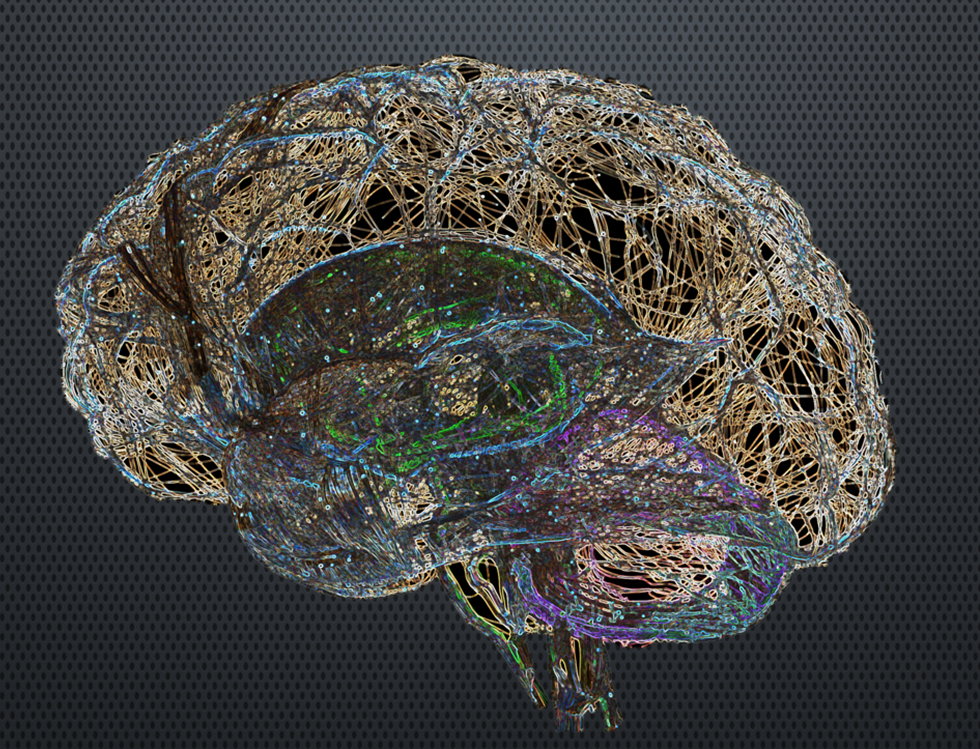Abstract:
The structure, function and activities of the N-methyl-D-aspartate receptor (NMDAR) now stand among neurobiology’s greatest discoveries. This history is fascinating in and of itself. It spanned more than sixty years, from initial investigations in the late-1950s into glutamate as a purported neurotransmitter, to successes less than a decade ago in finally getting X-ray-crystallographic images of the full receptor in active configuration. Along the way we learned that NMDARs are components of “Hebbian” synapses involved in crucial forms of activity-driven synaptic plasticity; that activated NMDARs permit rapid calcium ion influx into post-synaptic neurons to initiate activity in cascades of intracellular signaling pathways; and that activity in these receptors could be tied on the laboratory bench to specific forms of learning. At present, one of the few drugs that shows even modest improvement in moderate to severe later-stage Alzheimer’s disease is memantine (brand name Namenda), an NMDA receptor partial antagonist. And a philosophical lesson about scientific practice lies implicit in this history. That lesson concerns exploratory experimentation, in which no theory or hypothesis is undergoing direct experimental test. This history reveals at least three features of exploratory experiments that haven’t been noticed (or at least not emphasized) in the published literature: the role of sheer serendipity; the impact of scientists from outside the principal field investigating the target phenomenon; and the impact of novel research tools.
SPEAKER PROFILE:
 John Bickle is Professor of Philosophy and Shackouls Honors College Faculty at Mississippi State University. Additionally, Bickle acts as Director of Deep South Philosophy & Neuroscience Workgroup; and is a Scientist-Educator in the Department of Advanced Biomedical Education.
John Bickle is Professor of Philosophy and Shackouls Honors College Faculty at Mississippi State University. Additionally, Bickle acts as Director of Deep South Philosophy & Neuroscience Workgroup; and is a Scientist-Educator in the Department of Advanced Biomedical Education.



